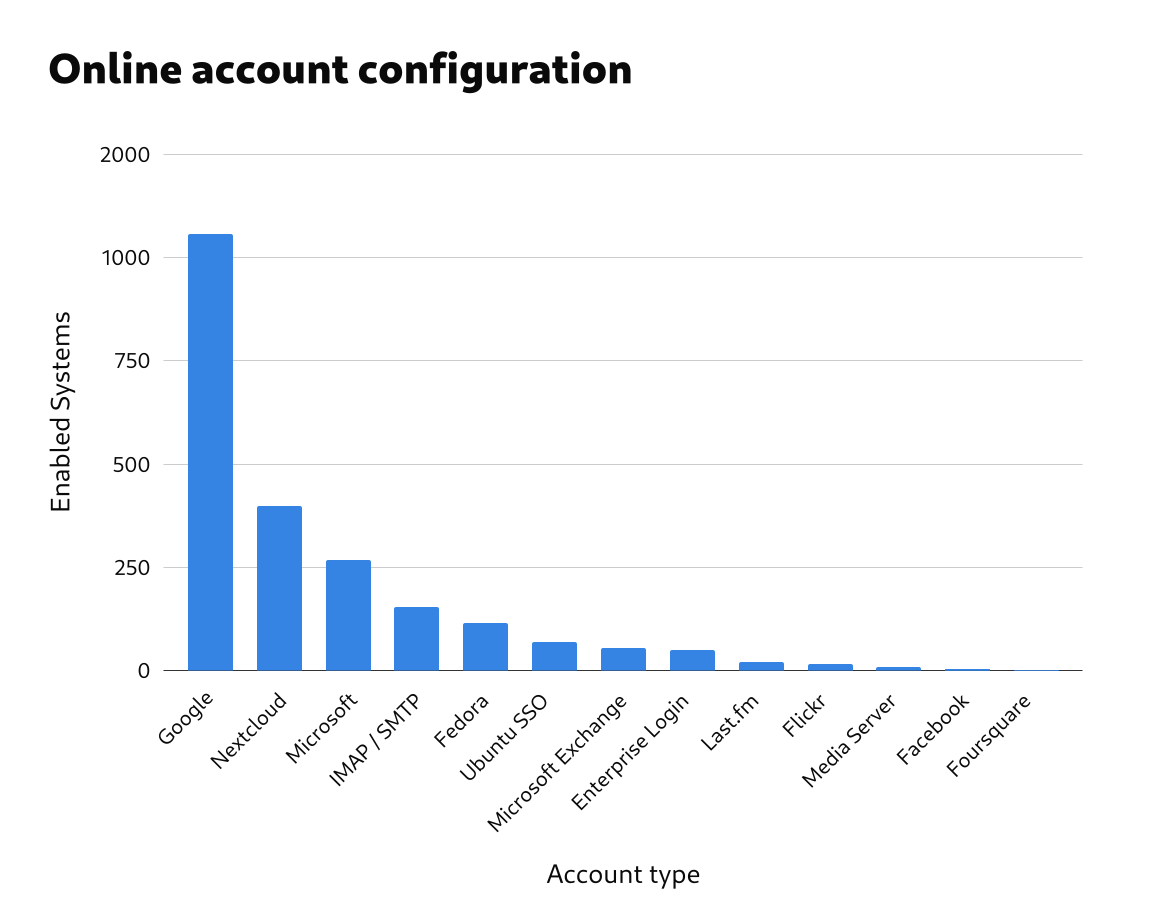cracauer@
Developer
Introducing stronger dependencies on systemd
PSA for systemd-free distros about work they'll need to do to continue running GNOME
blogs.gnome.org
"So what should distros without systemd do?
First, consider using GNOME with systemd. You’d be running in a configuration supported, endorsed, and understood by upstream. Failing that, though, you’ll need to implement replacements for more systemd components, similarly to what you have done with elogind and eudev.
To help you out, I’ve put a temporary alternate code path into GDM that makes it possible to run GDM without an implementation of userdb. When compiled against elogind, instead of trying to allocate dynamic users GDM will look-up and use the gdm-greeter user for the first login screen it spawns, gdm-greeter-2 for the second, and gdm-greeter-N for the Nth. GDM will have similar behavior with the gnome-initial-setup[-N] users. You can statically allocate as many of these users as necessary, and GDM will work with them for now. It’s quite likely that this will be necessary for GNOME 49.
Next: you’ll need to deal with the removal of gnome-session’s builtin service manager. If you don’t have a service manager running in the user session, you’ll need to get one. Just like system services, GNOME session services now install systemd unit files, and you’ll have to replace these unit files with your own service manager’s definitions. Next, you’ll need to replace the “session leader” process: this is the main gnome-session binary that’s launched by GDM to kick off session startup. The upstream session leader just talks to systemd over D-Bus to upload its environment variables and then start a unit, so you’ll need to replace that with something that communicates with your service manager instead. Finally, you’ll probably need to replace “gnome-session-ctl”, which is a tiny helper binary that’s used to coordinate between the session leader, the main D-Bus service, and systemd. It is also quite likely that this will be needed for GNOME 49
Finally: You should implement the necessary infrastructure for the userdb Varlink API to function. Once AccountsService is dropped and GNOME starts to depend more on userdb, the alternate code path will be removed from GDM. This will happen in some future GNOME release (50 or later). By then, you’ll need at the very least:
An implementation of systemd-userdbd’s io.systemd.Multiplexer
If you have NSS, a bridge that exposes NSS-defined users through the userdb API."
A bridge that exposes userdb-defined users through your libc’s native user lookup APIs (such as getpwent)."



